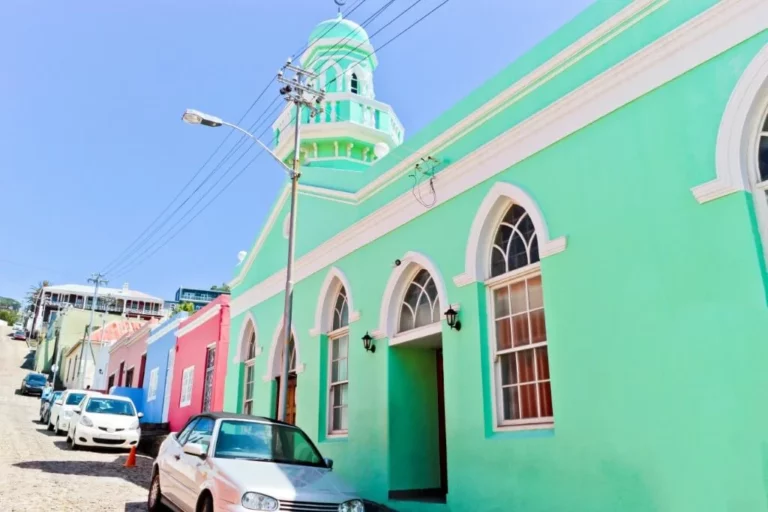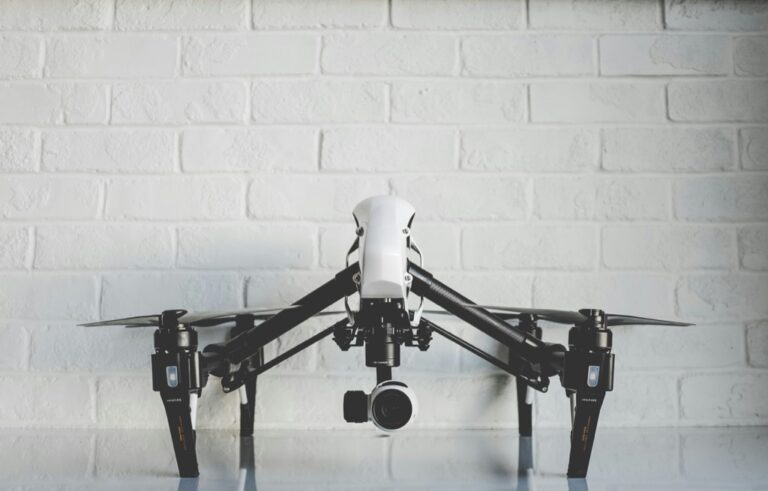Contrary to popular belief, Seattle is among the driest major American cities. With an annual average rainfall of approximately 38 inches, Seattle holds the 44th spot in the list of wettest large cities in the United States. Surprisingly, cities like New York, Philadelphia, Miami, and Boston all experience higher rainfall totals than Seattle. Dispelling the notion of Seattle as a perpetually rainy city requires a closer look at the facts.
Seattle’s reputation for constant rain has led to the misconception that locals can’t step outside without an umbrella. Blame it on media portrayals like “Sleepless in Seattle” and “Frasier,” which often depict a skyline dominated by the Space Needle. However, the reality is different. Seattle’s annual rainy days exceed those of cities like New York, Boston, and Nashville. Yet, the rainfall is spread out over a more extended period, and the city rarely experiences heavy downpours. This unique weather pattern explains why Seattleites are seldom seen with umbrellas.
Seattle stands out for its diverse seasonal weather. From October to March, the city embraces persistent cloud cover and light rain. In stark contrast, June through September sees minimal cloudy days and almost no rain. Winters are mild, averaging around 45 degrees Fahrenheit, with limited snowfall, while summers bring warmth, averaging around 75 degrees Fahrenheit. This distinctive climate, marked by moderate temperatures and seasonal variations, contributes to Seattle’s appeal.
What shields Seattle from excessive rainfall despite its proximity to the Puget Sound and the Pacific Ocean? The answer lies in nature’s barriers. The Olympic Mountains, home to the Olympic National Rainforest, act as a natural shield against the elements. Located about 80 miles west of Seattle, the Olympics receive a staggering 142 inches of rain annually from the Pacific Ocean. This natural barrier reduces the precipitation that reaches Seattle. Additionally, the Cascade Range, a prominent mountain range, protects Seattle from harsh cold air, contributing to its mild climate.
The Unique Climate Puzzle of Seattle
Seattle’s climate is a captivating puzzle, often labeled as a “modified Mediterranean” climate. While it deviates from the typical Mediterranean climate, being cooler and wetter, it shares the characteristic dry summer and a reliance on cooler-season precipitation. This distinctive climate plays a crucial role in shaping the region’s vegetation and stands as a unique feature among major American cities.
Seattle’s Dry Spells
Contrary to popular belief, Seattle experiences extended periods without rain, breaking its rainy stereotype. The city holds a record for its longest dry spell—55 days in 2017. Delving into Seattle’s historical weather data, we uncover the intriguing details of these dry spells, providing insights into how the city manages to escape the rain for considerable durations.
Seattle vs. New York
In the ongoing rain showdown, we compare Seattle’s rainfall with that of the iconic New York City. Despite the Pacific Northwest’s reputation for being one of the wettest regions, New York surpasses Seattle and Portland in annual precipitation. Exploring the annual rainfall averages of these cities reveals a surprising twist in the rain tale.
Seattle vs. California
Seattle’s rainfall geography presents an interesting contrast to California’s drier climate. Geographical factors, including the influence of the jet stream, particularly the “pineapple express,” contribute to Washington’s abundant precipitation. We unravel the meteorological dynamics behind Seattle’s rainfall and why California, despite its proximity, experiences less rainfall.
Air Quality Challenges in Rainy Seattle
Contrary to its rainy reputation, Seattle faces unique challenges related to air quality. Ongoing fires and smoke from wildfires have at times led to “unhealthy” air quality categories. Exploring the connection between weather conditions, wildfires, and air quality provides a different lens through which to view Seattle’s environmental challenges, showcasing the city’s resilience beyond its rainy facade.
Statistics About Seattle That You Didnt Know
- Seattle’s annual rainfall averages around 38 inches, challenging the city’s persistent rainy reputation. Contrary to popular belief, Seattle stands as the 44th wettest major American city, a statistic often overshadowed by its verdant landscapes. This surprising figure prompts a reevaluation of Seattle’s climate, revealing a more moderate rainfall pattern than expected.
- Beyond the annual averages, Seattle has experienced remarkable dry spells, with the longest lasting 55 days in 2017. This historical record showcases the city’s resilience during extended periods without rain, debunking the stereotype of relentless precipitation. Understanding these dry spells adds depth to Seattle’s weather narrative, highlighting its ability to navigate prolonged periods of dryness.
- Seattle’s commitment to environmental sustainability faces challenges, particularly in air quality. The occasional classification of air quality as “unhealthy” during periods of fires and smoke unveils the intersection of climate and urban life. Exploring the Air Quality Index (AQI) statistics provides insights into the environmental complexities Seattle navigates, emphasizing the impact of external factors on the city’s air quality.
- While Seattle is often associated with gloomy days, the city’s temperature extremes may come as a surprise. Winters in Seattle are relatively mild, averaging around 45 degrees Fahrenheit, with only eight days of light snowfall. This statistical insight challenges stereotypes about consistently cold weather, showcasing the nuanced and temperate climate that characterizes the Emerald City.
- Seattle’s cultural stance on umbrellas extends beyond mere weather preferences, becoming a unique aspect of city life. Exploring the social statistics surrounding umbrella use in Seattle unveils a cultural phenomenon. Locals, despite the occasional drizzles, often forgo umbrellas, emphasizing the city’s distinctive approach to rain. This statistic adds a cultural dimension to Seattle’s weather narrative, showcasing how residents navigate and embrace the occasional rainfall in a city that doesn’t rely on umbrellas as much as its reputation suggests.
A Practical Guide To Seattle’s Weather
- Seattle’s weather is distinct, and understanding its unique rainfall patterns will help you adapt effortlessly. Instead of relying on the traditional perception of constant rain, recognize the city’s average annual rainfall of around 38 inches. This moderate amount, spread over the year, challenges stereotypes and allows you to plan accordingly.
- In Seattle, rain often takes the form of a barely perceptible drizzle rather than heavy downpours. Embrace this light rain culture by opting for a water-resistant jacket or a stylish umbrella for those occasional drizzly days. Understanding the difference between Seattle’s drizzle and more intense rain will guide your choice of rain gear.
- Seattle experiences unexpected dry spells, and being prepared for them is key. Pack sunscreen during the warmer months, as the city enjoys nearly rain-free days from June through September. Recognize that even in a city known for its drizzle, there are times when you’ll need to shield yourself from the sun rather than rain.
- While umbrellas are common in many rainy cities, Seattleites have a unique approach. You’ll stand out less if you embrace the local culture of forgoing umbrellas. Instead, invest in a reliable waterproof jacket and comfortable shoes for navigating the occasional rain. This cultural adaptation will help you blend in and experience Seattle’s weather like a local.
- Seattle’s climate shifts significantly between seasons. From October through March, expect persistent cloud cover and light rain, while June through September boasts clear skies and minimal rain. Adapting to these seasonal changes involves layering clothing, having both light and warm options, and staying flexible with your outdoor plans. Understanding Seattle’s climate shifts enhances your overall experience in the city.
Seattle offers a climate distinct from its rainy reputation. With temperate winters, occasional gloomy days, and vibrant summers, the city provides a unique blend for weather enthusiasts. Say goodbye to umbrella stereotypes when visiting Seattle; here, it’s all about embracing the outdoors and navigating the city’s diverse weather with a touch of Pacific Northwest charm.





